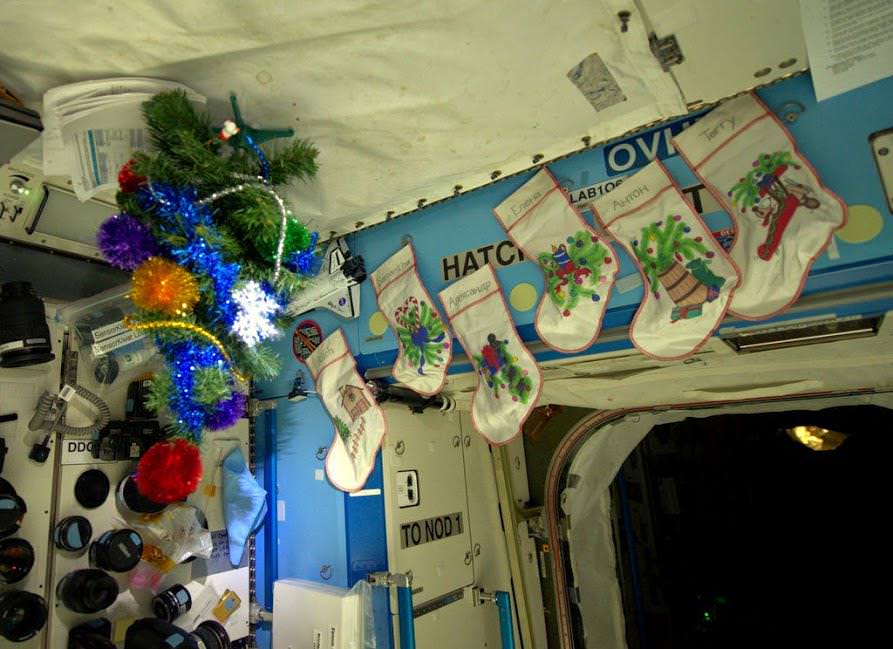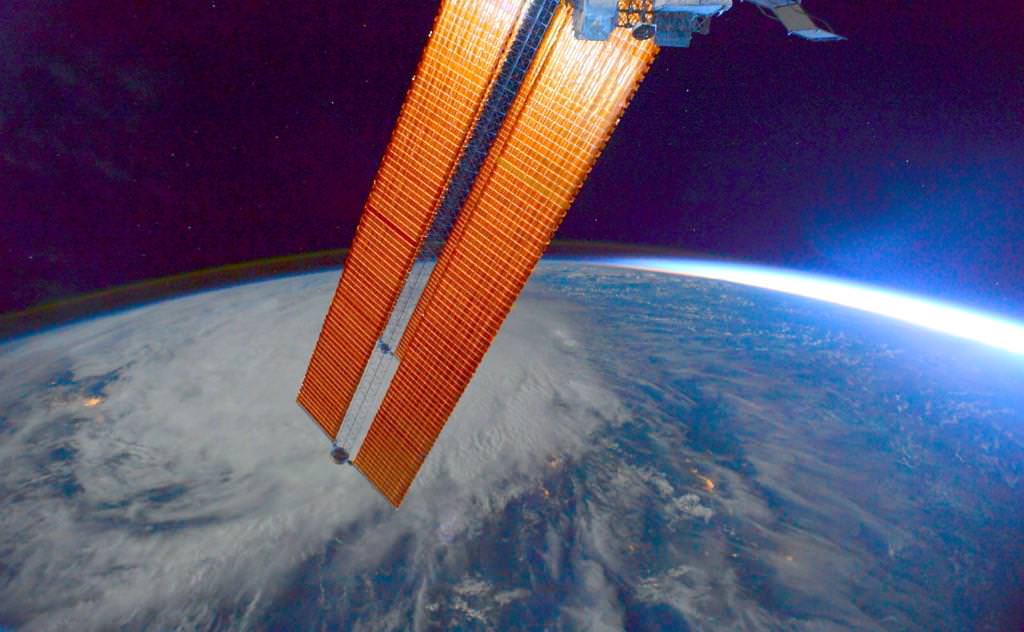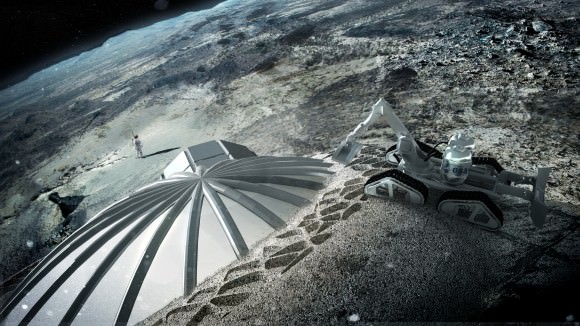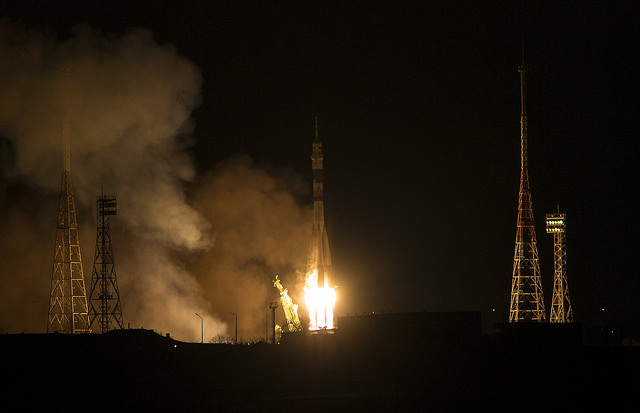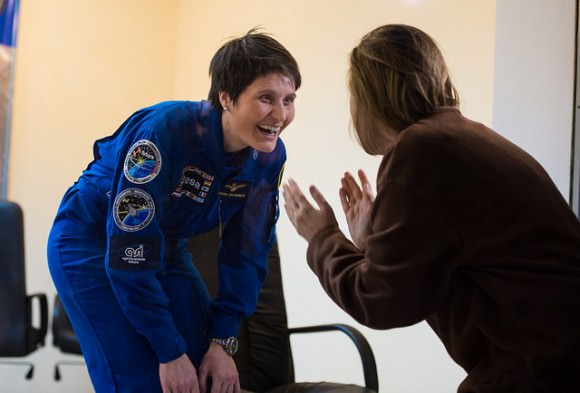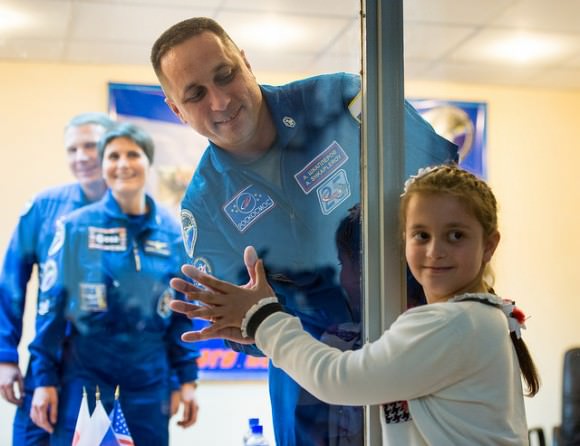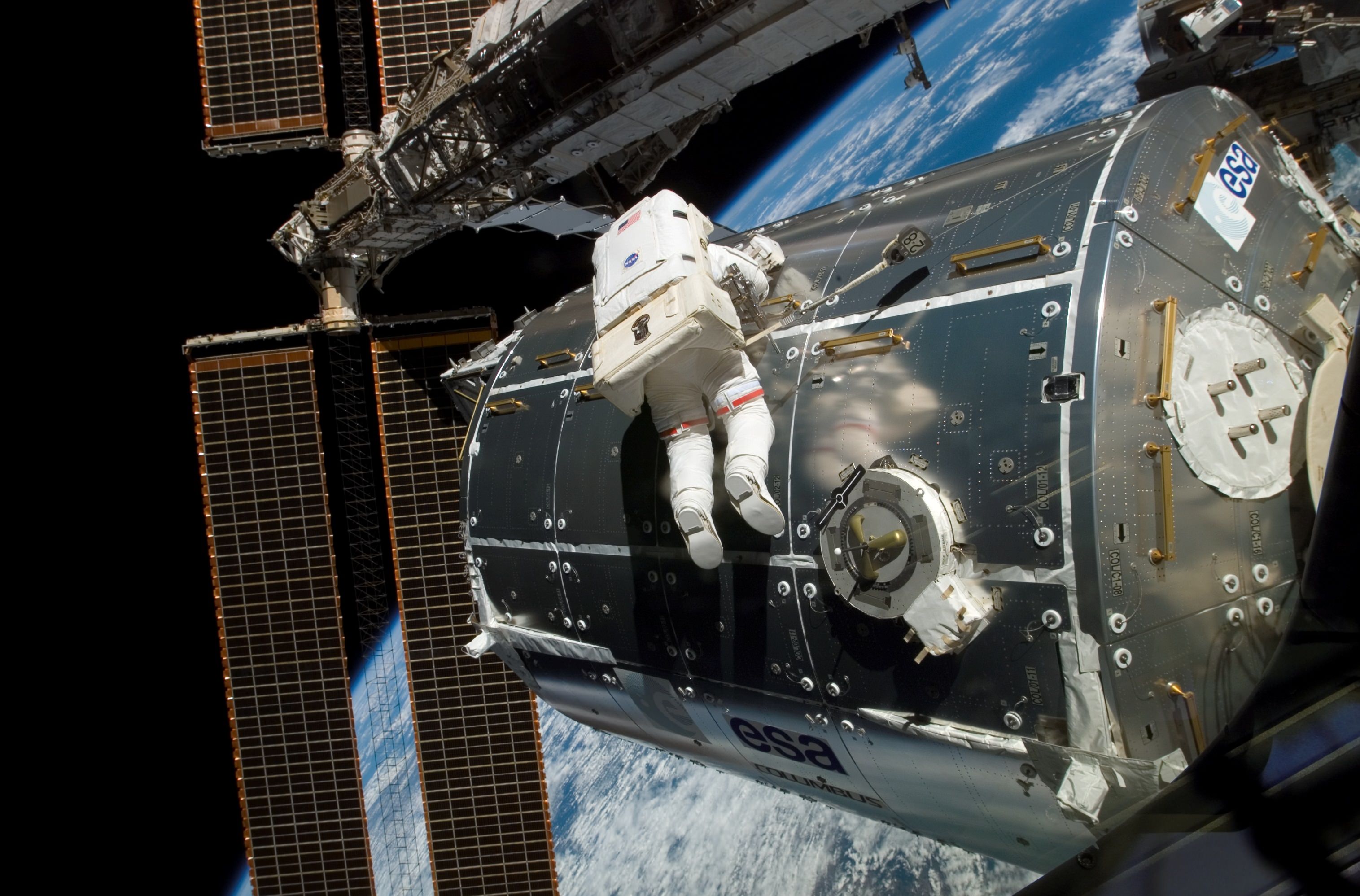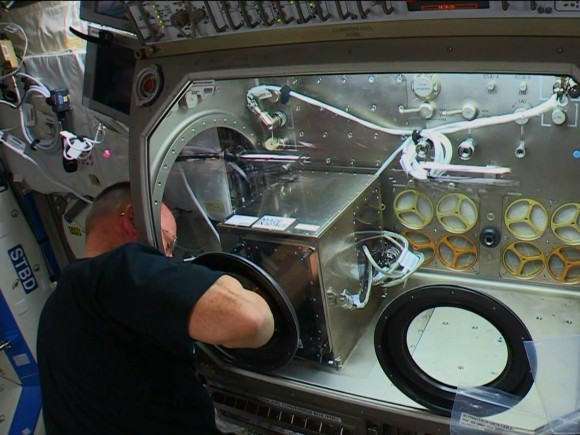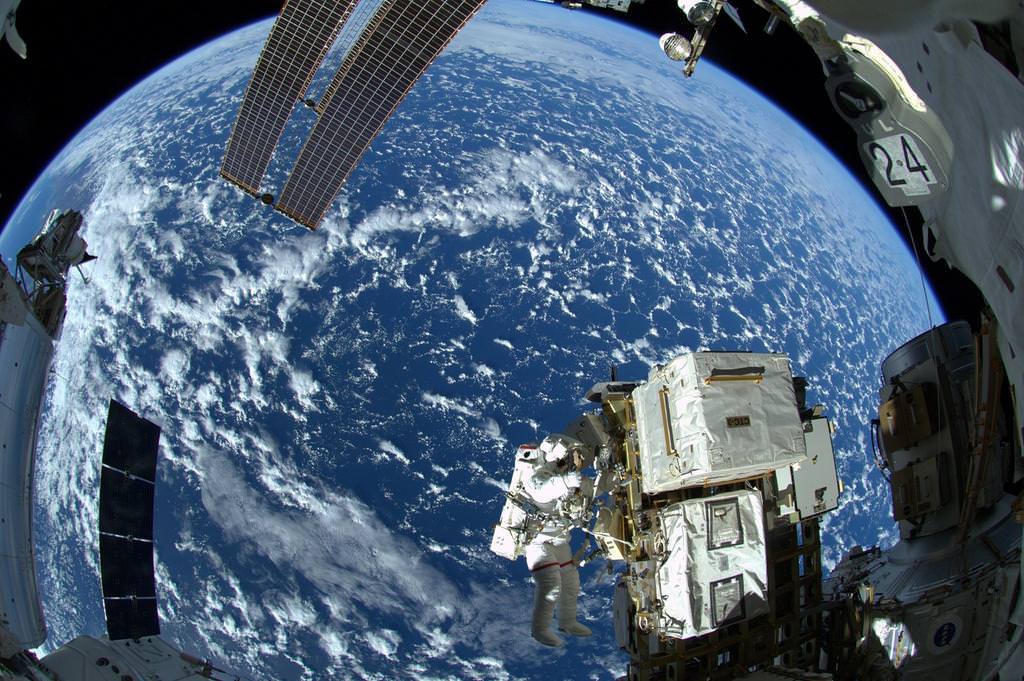If you think the upside-down Christmas tree above is bizarre — that’s one of the latest activities of Expedition 42 astronauts in space right now — think back to the history of other holidays in orbit.
We’ve seen a vital telescope undergo repairs, an emergency replacement of part of a space station’s cooling system, and even a tree made of food cans. Learn more about these fun holiday times below.
Reading from above the moon (Apollo 8, 1969)
In this famous reading from the Bible, astronauts Frank Borman, Jim Lovell and Bill Anders shared their experience looking at the Moon on Dec. 24, 1968. The Apollo 8 crew was the first to venture to lunar orbit, just seven months before the Apollo 11 crew made it all the way to the surface.
Food can “Christmas tree” (Skylab 4, 1973)
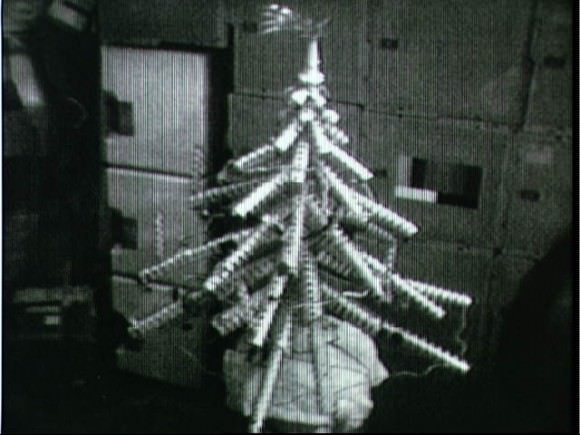
Living on the Skylab station taught astronauts the value of improvisation, such as when the first crew (under NASA’s instructions) repaired a sunshield to stop electronics and people from roasting inside. Skylab 4 took the creativity to Christmas when they created a tree out of food cans.
Hubble Space Telescope repair (STS-103, 1999)
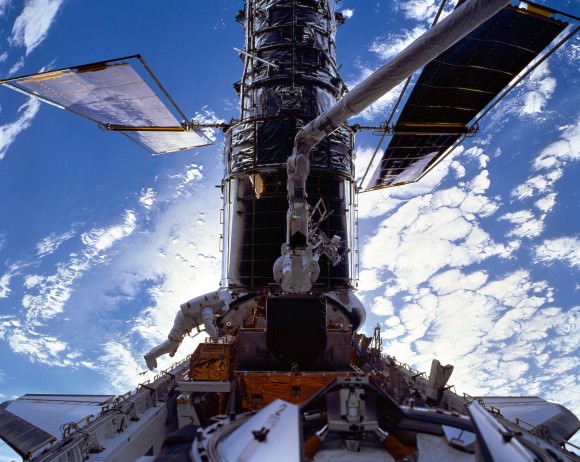
When the Hubble Space Telescope was in hibernation due to a failed gyroscope, the STS-103 crew made repairs in December 1999 that culminated with the final spacewalk on Christmas Day. The telescope remains in great shape to this day, following another repair mission in 2009.
First Christmas on the International Space Station (Expedition 1, 2000)
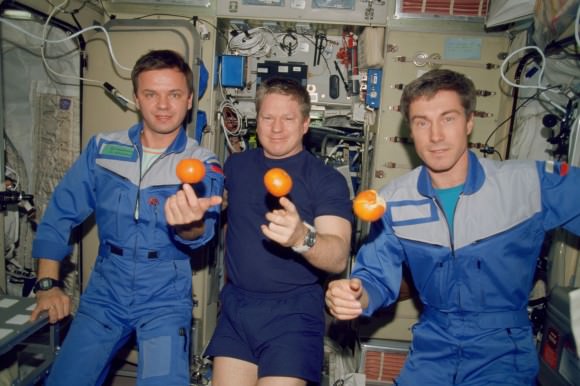
The Expedition 1 crew was the first on the International Space Station to spend Christmas in orbit. “On this night, we would like to share with all-our good fortune on this space adventure; our wonder and excitement as we gaze on the Earth’s splendor; and our strong sense — that the human spirit to do, to explore, to discover — has no limit,” the crew said in a statement on Christmas Eve, in part.
Ammonia tank replacement (Expedition 38, 2013)
Just last year, an ammonia tank failure crippled a bunch of systems on the International Space Station and forced spacewalkers outside to fix the problem, in the middle of a leaky suit investigation. The astronauts made the final repairs ahead of schedule, on Christmas Eve.

